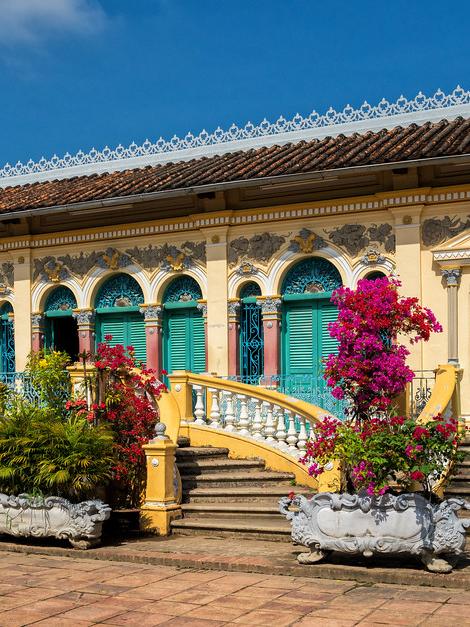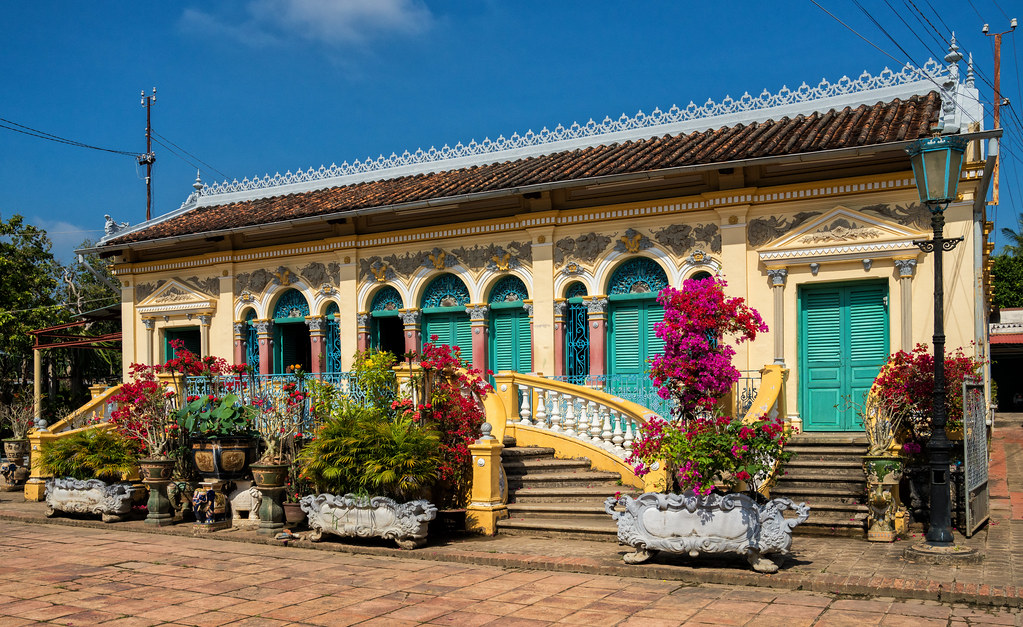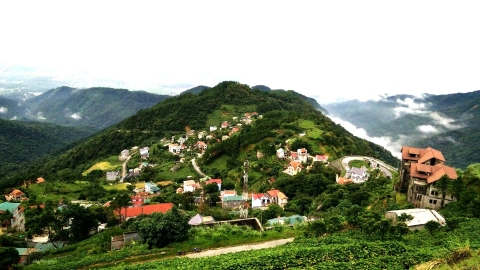Sapa Stone Church
If you have visited the "foggy town", you must have had the opportunity to admire the Sa Pa stone church - an architectural work over a hundred years old, built in 1895. The most attractive point of the church is the architectural style designed in the ancient Roman Gothic style, most clearly shown in the roof, bell tower, arches, ... all in the shape of a pyramid, giving the work a soaring, elegant look.
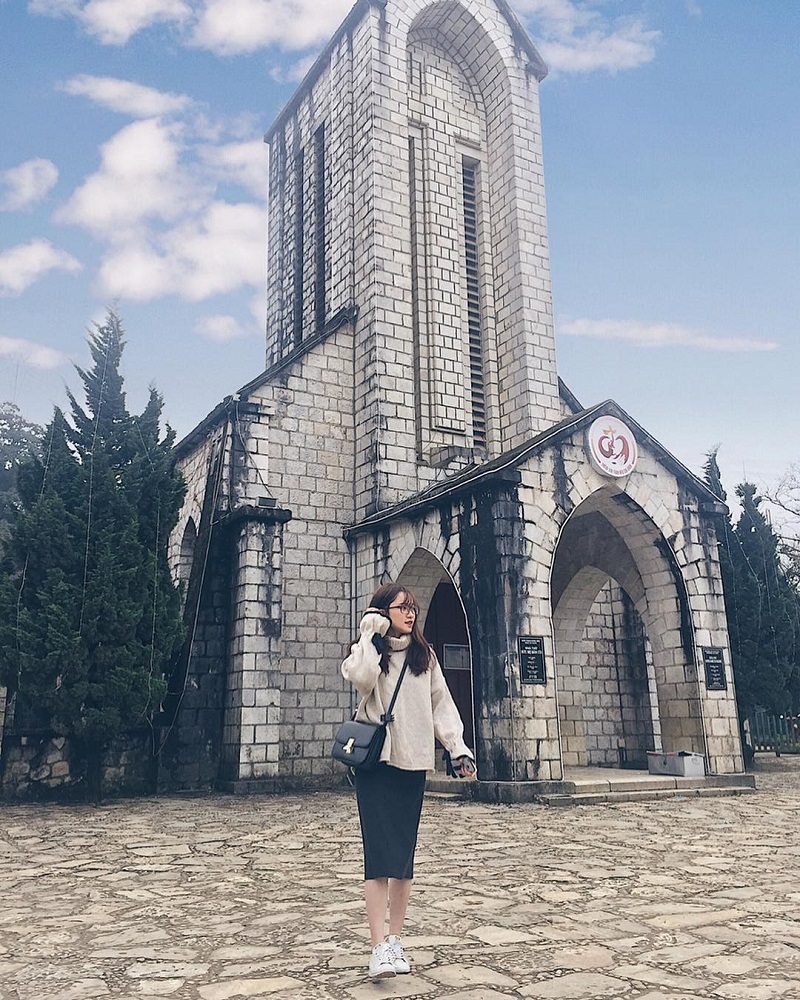

Besides being a work of aesthetic and artistic value, Sa Pa stone church is also a place for traditional cultural activities of the ethnic people here. If you come here every Saturday, you can witness firsthand the unique cultural activities of ethnic minorities such as the "love market". Along with that, there are prayer activities taking place on weekends with hymns in H'mong language by children.
Long Bien Bridge
Built from 1898 to 1902 across the Red River, Long Bien Bridge stands proudly between heaven and earth, witnessing many ups and downs of history. This hundred-year-old tourist site was built by the French, possessing a unique architectural style with a single railway running in the middle of the bridge, two sides for motorbikes and pedestrians. Possessing an ancient beauty, Long Bien Bridge has now become a photography location in Hanoi loved by many photographers and young people.

Long Bien Bridge is a check-in location for many tourists when coming to Hanoi.

However, checking in right on the railway lane of Long Bien bridge is potentially dangerous.
However, taking photos right on Long Bien Bridge is potentially dangerous because there are dozens of trains passing through every day. The act of standing and checking in on the railway lane in the middle of Long Bien Bridge is therefore considered a violation of the Railway Law, endangering the lives of visitors and train passengers. The most perfect suggestion if you want to have a beautiful photo with this historic bridge is to check in on the pedestrian lane or sit at a cafe with a view of the bridge.
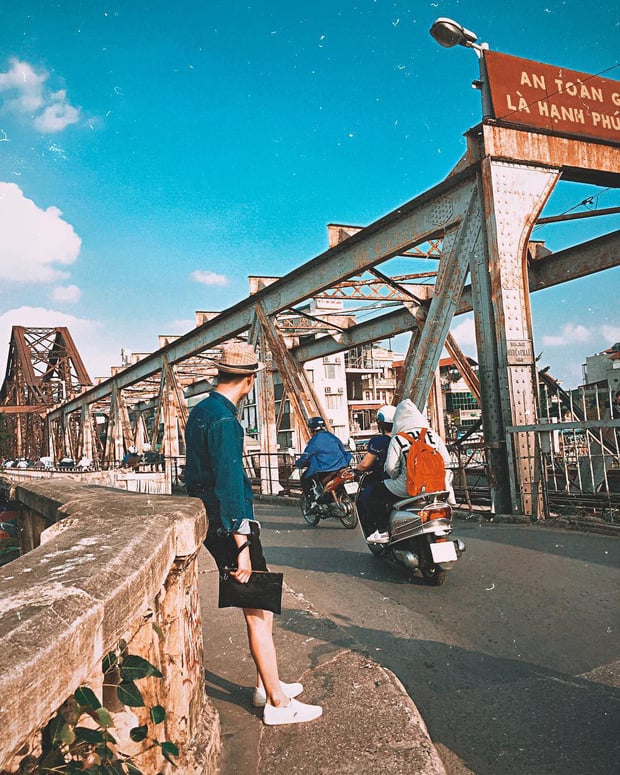

Check-in with Long Bien bridge on the walking lane

Or coffee shop is an ideal suggestion for tourists.
Duong Lam ancient village
Duong Lam ancient village is located in Son Tay town, about 44 km from the center of Hanoi city. Through the ups and downs of time, the "land of two kings" still retains the basic beauty of the Northern villages with the familiar images of village gates, wharves, banyan trees, and communal houses. The peaceful pace of life in Duong Lam makes visitors feel purified and find peace in their hearts.
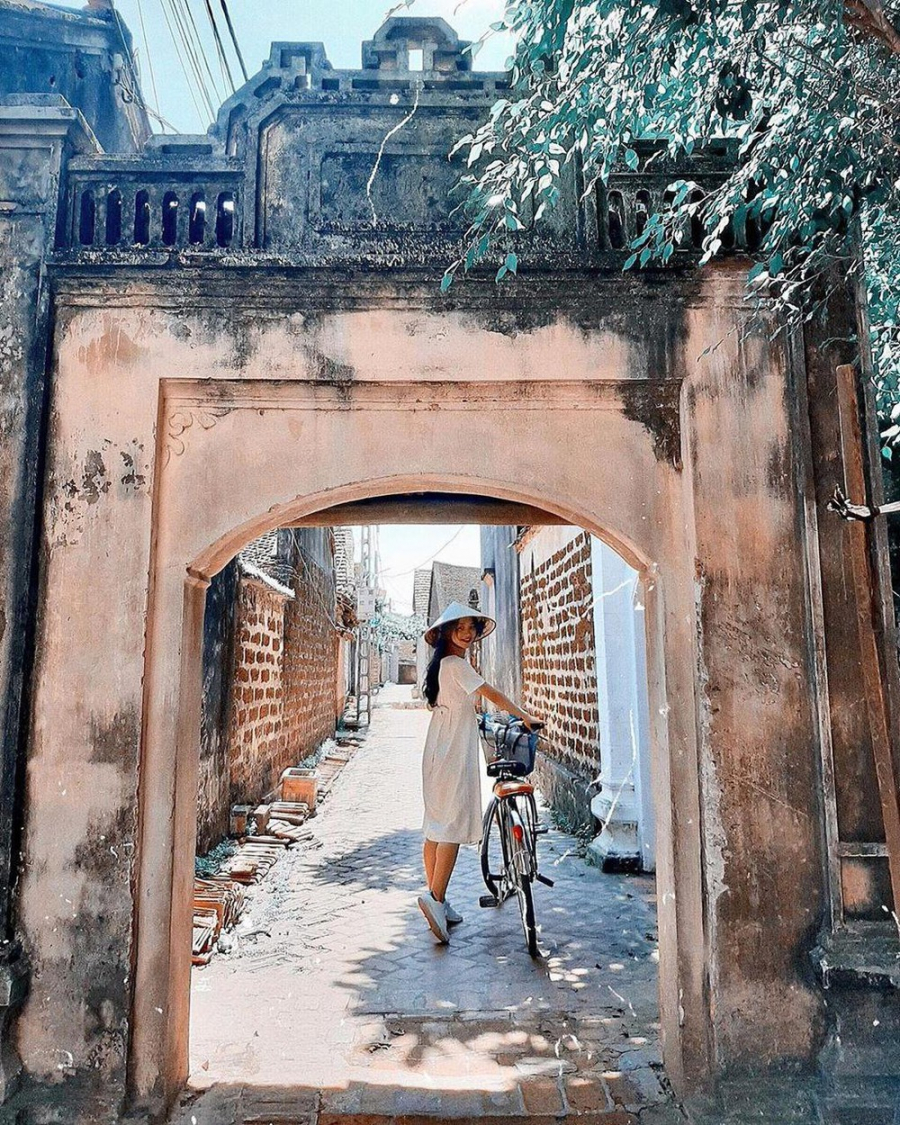

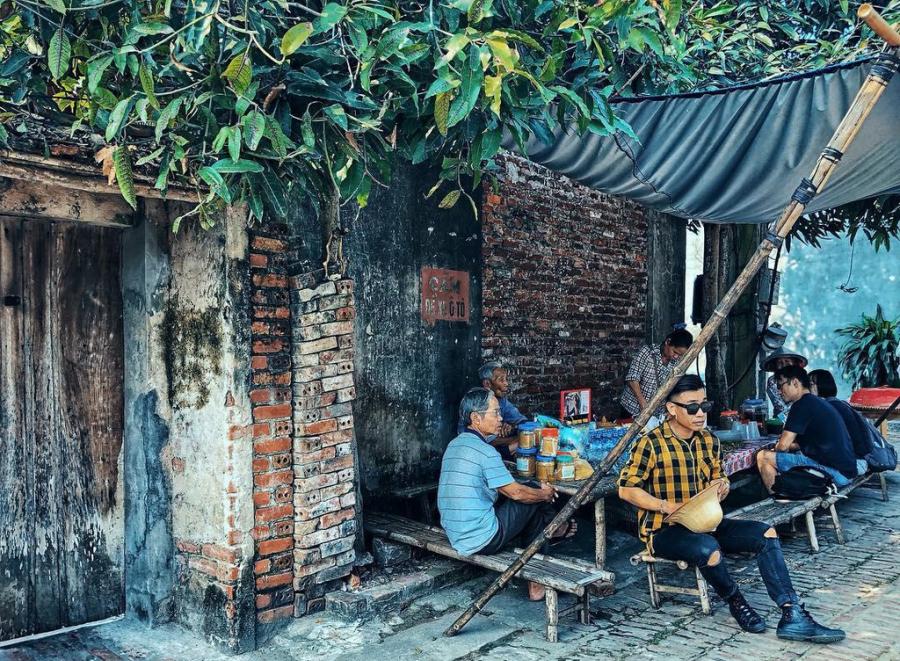
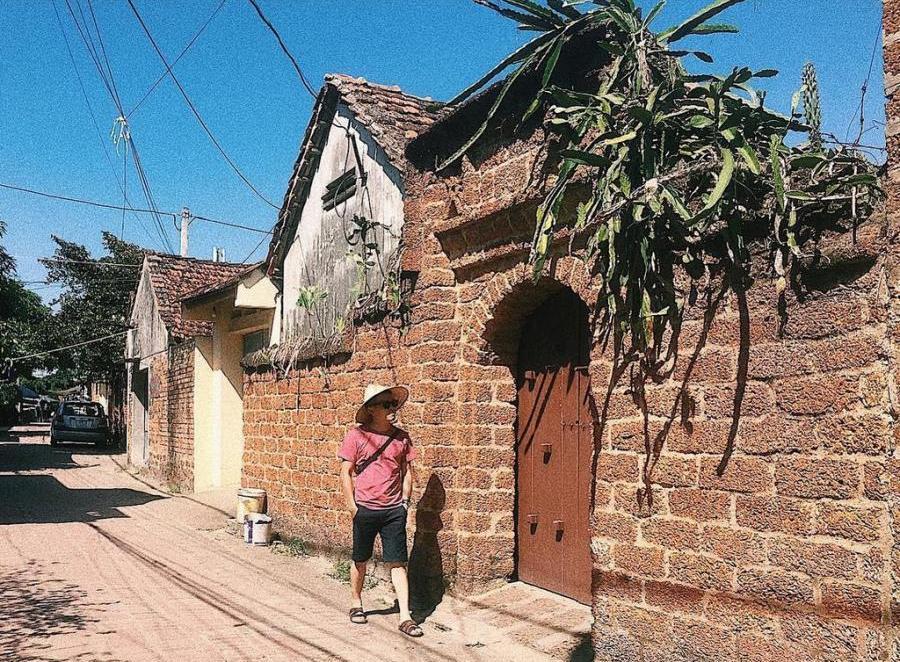
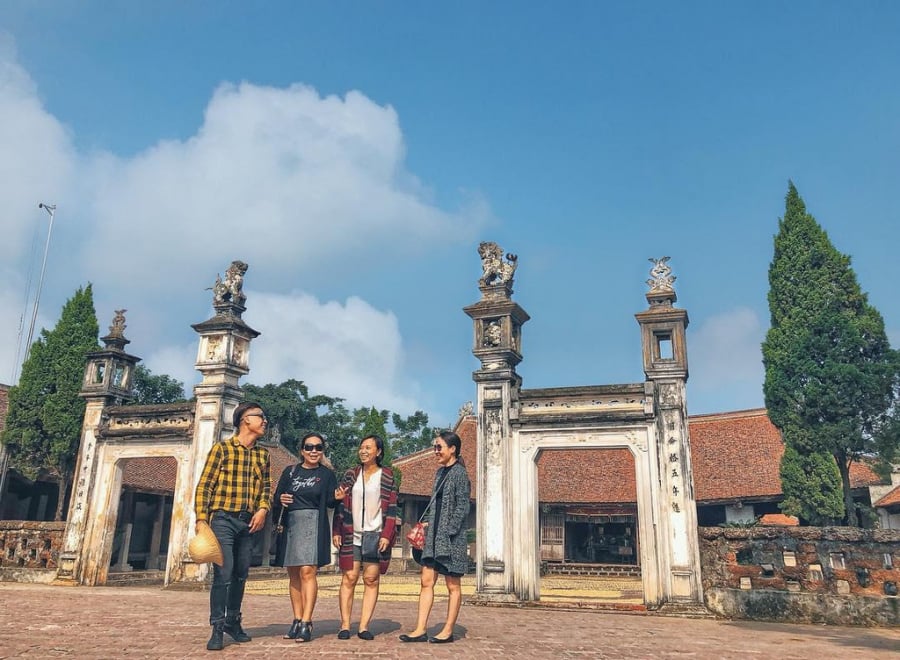
This is also a pure Vietnamese village with most of the constructions such as village wells, village gates, communal houses, village pagodas built with laterite and wood combined with locally available materials, but after centuries still exist to this day. Along with historical relics, houses dating back hundreds of years, and the customs of the people, Duong Lam ancient village is now a famous place attracting tourists from all over the world to visit and learn more about the history and unique culture of Vietnamese villages.
Hue Imperial Citadel
Hue Imperial City is one of the most important areas of the Hue Citadel relic, the residence and workplace of the king and the Royal Family, and also the place to worship ancestors and Nguyen Dynasty kings. The Imperial City was built in 1804, but it was not until the reign of King Minh Mang in 1833 that about 100 large and small constructions were completed.
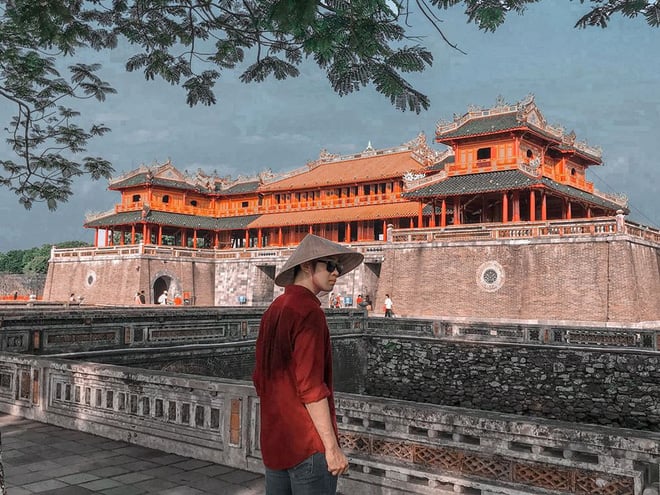
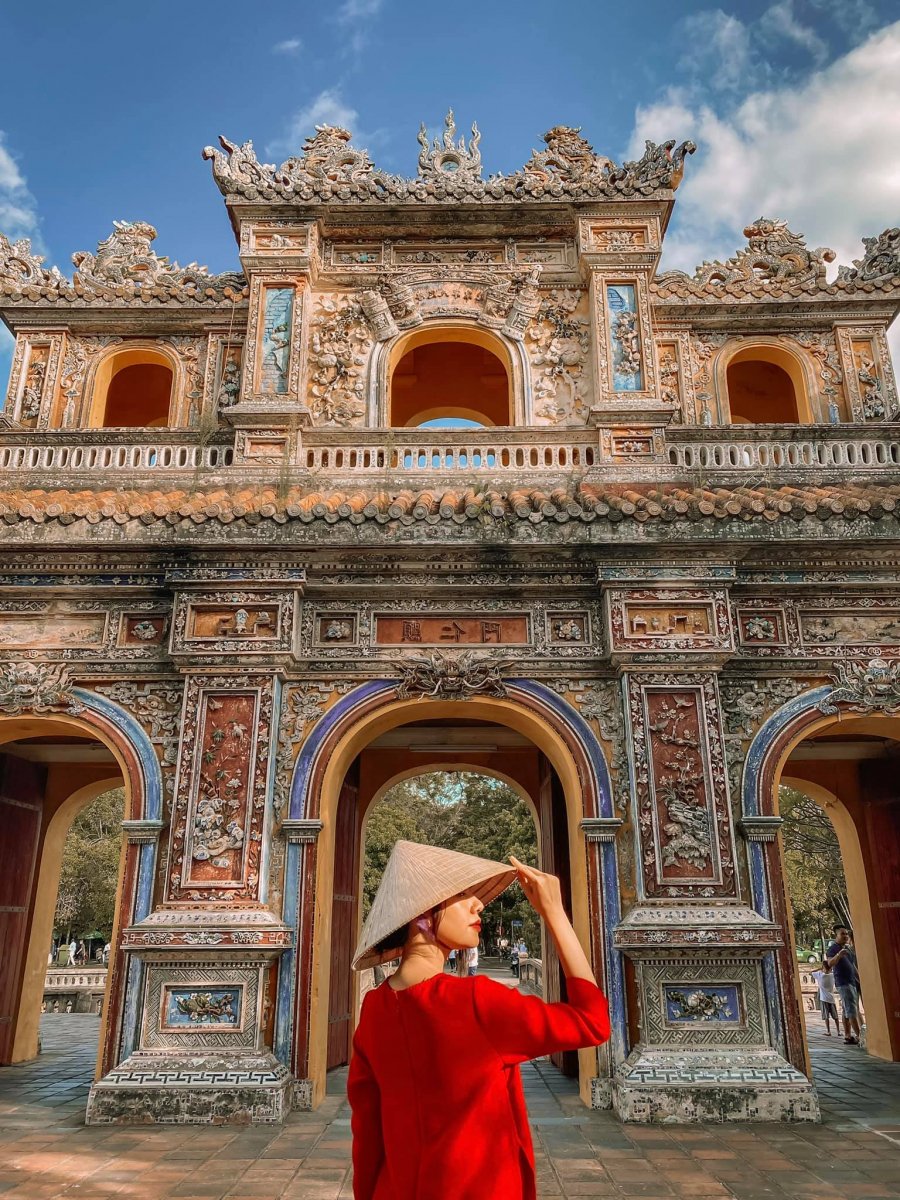

Around the Imperial Citadel is a protective moat, with 4 entrances: Ngo Mon, Hien Nhon, Chuong Duc, Hoa Binh. Inside is Thai Hoa Palace - where the court is held, the area of temples, and the Forbidden City - where the king and the royal family live. The hundred-year-old tourist destination of Hue Imperial Citadel is an ideal place to explore and learn about the cultural history of ancient feudal dynasties.
Da Lat Station
Da Lat Railway Station is a must-see destination for tourists who have had the opportunity to visit the "city of thousands of flowers". This place is considered the most beautiful ancient train station in Vietnam, designed and built by two French architects between 1932 and 1938.
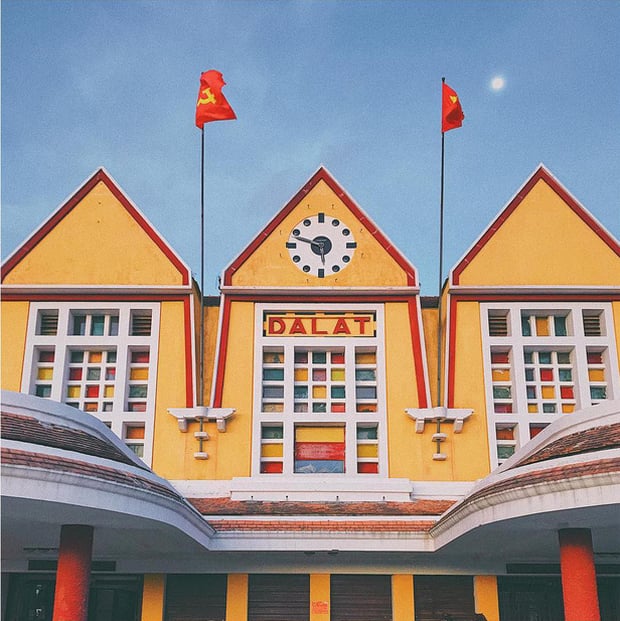
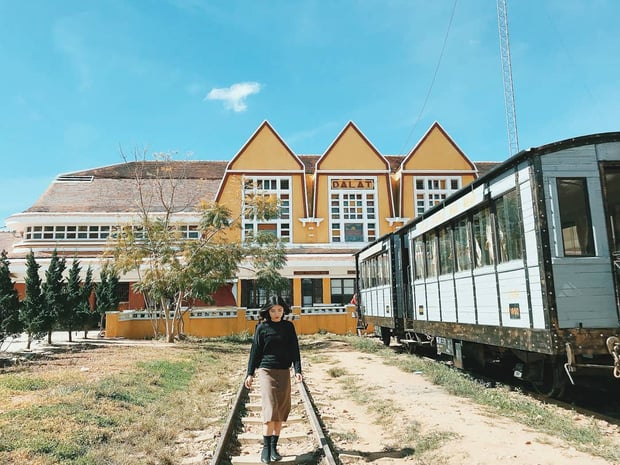

Da Lat Station has a strong Western architectural style, with areas such as the main hall where the ticket office is located, the staff quarters, and the platform with 3 covered rails spreading out on both sides. Currently, the station still displays a French-style steam locomotive that is over 100 years old and the remaining cog railway. The steam locomotive has now become an extremely famous virtual background, checked in by young people. Not only that, Da Lat Station is the only place in Vietnam that still preserves these two artifacts, and there are only a few places in the world that still possess them.
Ho Chi Minh City Post Office
Located at 2 Cong Xa Paris Square (Ben Nghe Ward, District 1), Saigon Post Office is located right next to Notre Dame Cathedral. This is one of the most beautiful architectural works in Ho Chi Minh City with many visitors and explorers every day.
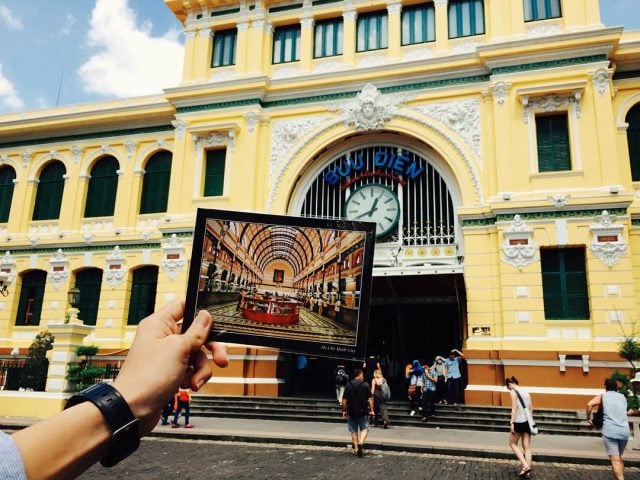
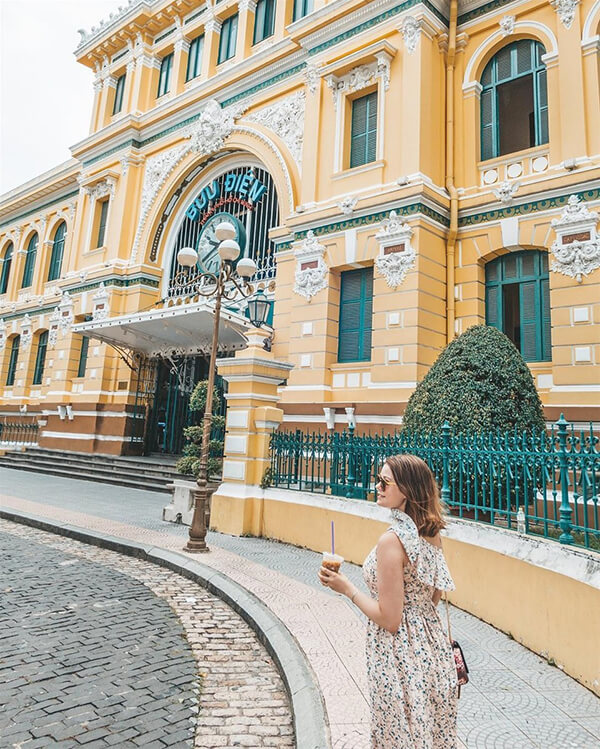
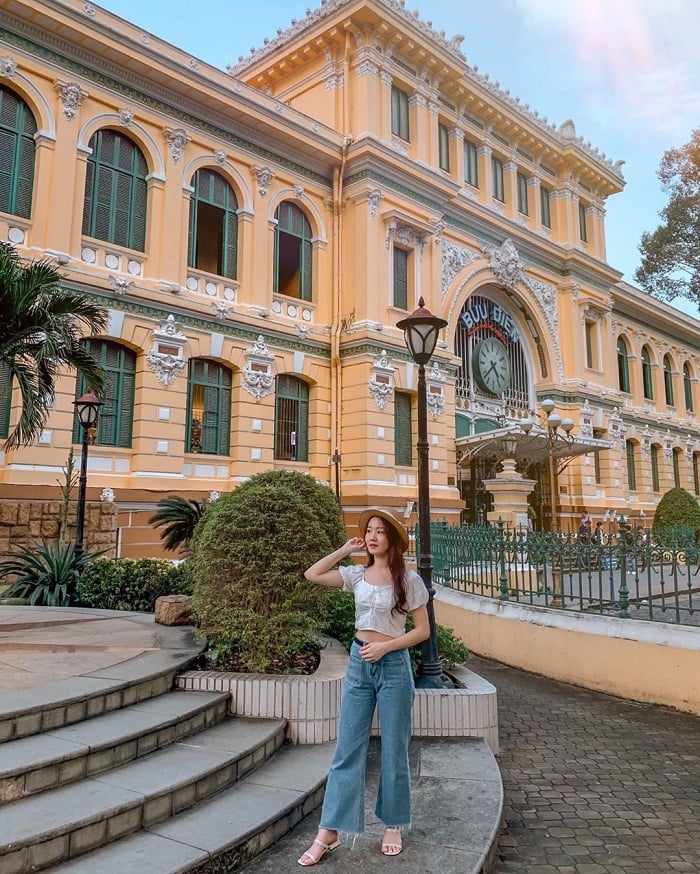
Built from 1886 to 1891 by the famous French architect Gustave Eiffel, visitors will see Ho Chi Minh City Post Office wearing a prominent yellow paint in the afternoon sun. The architecture of the building is a harmonious combination of Western and Eastern styles with a beautiful arched gate. With its aesthetic and historical values, this place has become a must-see attraction for visitors to the city named after Uncle Ho.
Binh Thuy Ancient House
Binh Thuy Ancient House is located at 142/144 Bui Huu Nghia, Binh Thuy, Can Tho. The house was built in 1870, is one of the few ancient houses that remain intact to this day and has great value in supporting research and understanding of the culture and customs of the people of the Mekong Delta during the transitional period between the two centuries.

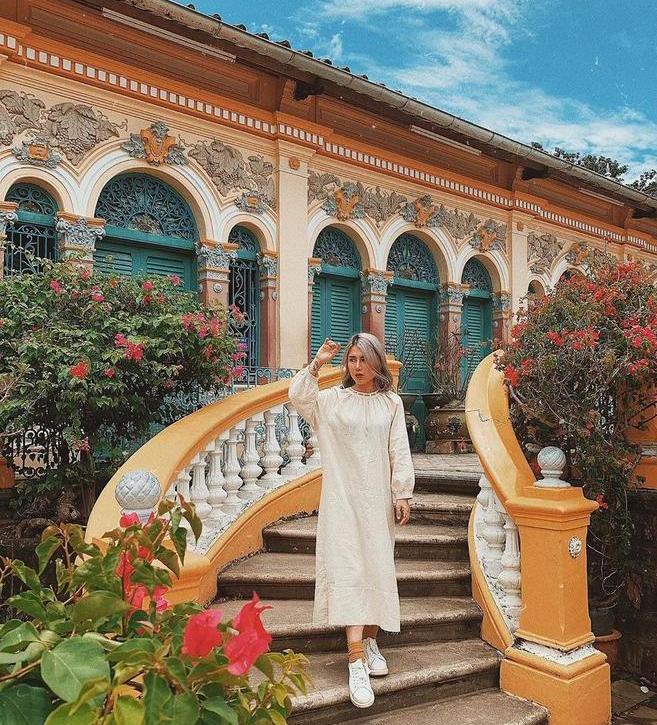

When visiting the ancient house of Binh Thuy, visitors will have the opportunity to "time travel" to the distant past, immerse themselves in the fantasy of the wealthy life of the Southern wealthy families, and hear about the daily life of the Southern family more than 100 years ago through the simple stories of the owner. In particular, visitors will admire a house with an architectural style that blends two Eastern and Western cultures.
Huynh Thuy Le ancient house
Huynh Thuy Le ancient house, also known as Sa Dec ancient house, is one of the most unique structures in the Southern region. This is the home of Mr. Huynh Thuy Le, the main male character in the novel "The Lover". The house became famous worldwide when the autobiography of female writer Marguerite Duras was adapted into a film of the same name (L'Amant) in 1991.
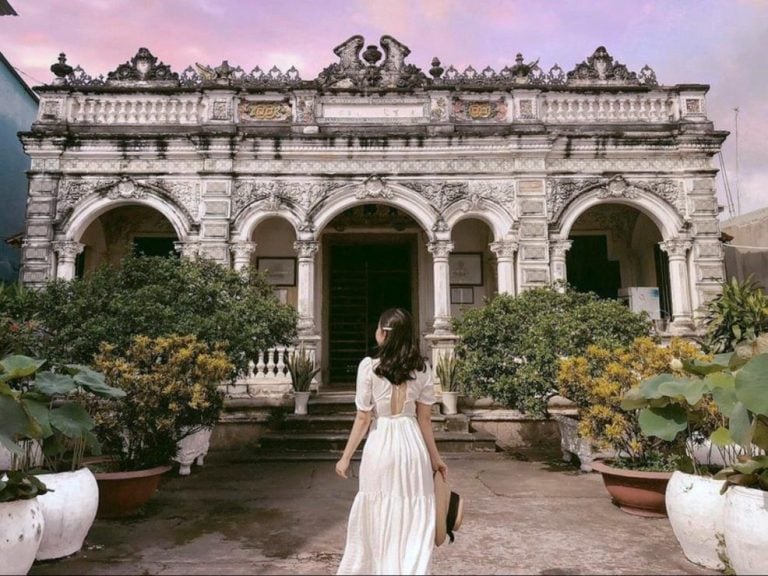
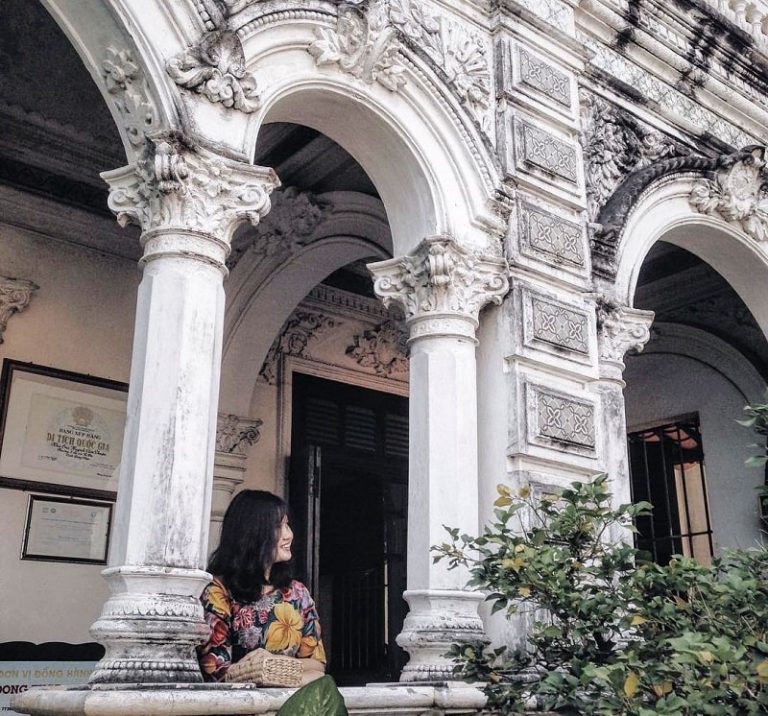

Huynh Thuy Le ancient house is a unique combination of Eastern and Western styles. The roof is shaped like a boat of the Mekong Delta, while the arched door is designed in Roman style, carved with reliefs of flowers, leaves, trees, birds and animals of the 17th century. This hundred-year-old tourist destination was certified as a provincial relic in 2008 and a national relic in 2009.





